Glojas Clinic’s Moustache Transplant: A Life-Changing Solution for Men with Cleft Palate
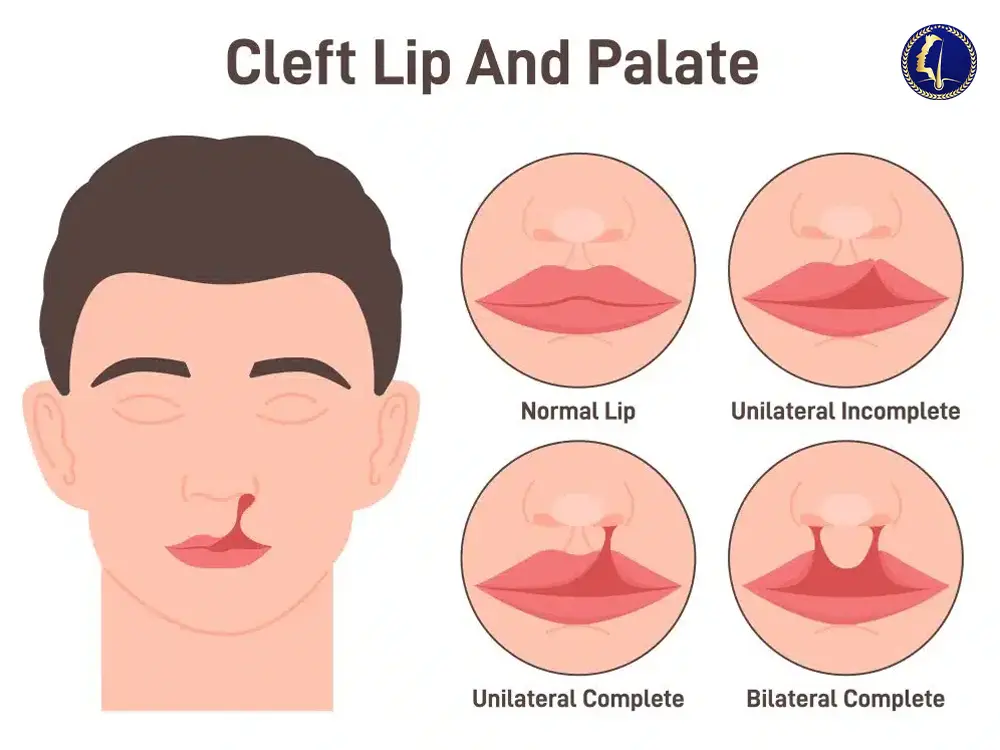
Individuals born with a cleft lip or palate often face both physical and psychological challenges due to the distinctive scar on their lips. This congenital condition can result in difficulties related to speech, eating, and even self-confidence. One of the aesthetic solutions gaining popularity in recent years is the moustache transplant, an innovative procedure that […]
Malaysia Book of Records: Glojas Clinic Wins 5 Multiple Differences Awards for Hair Transplant Excellence in Malaysia
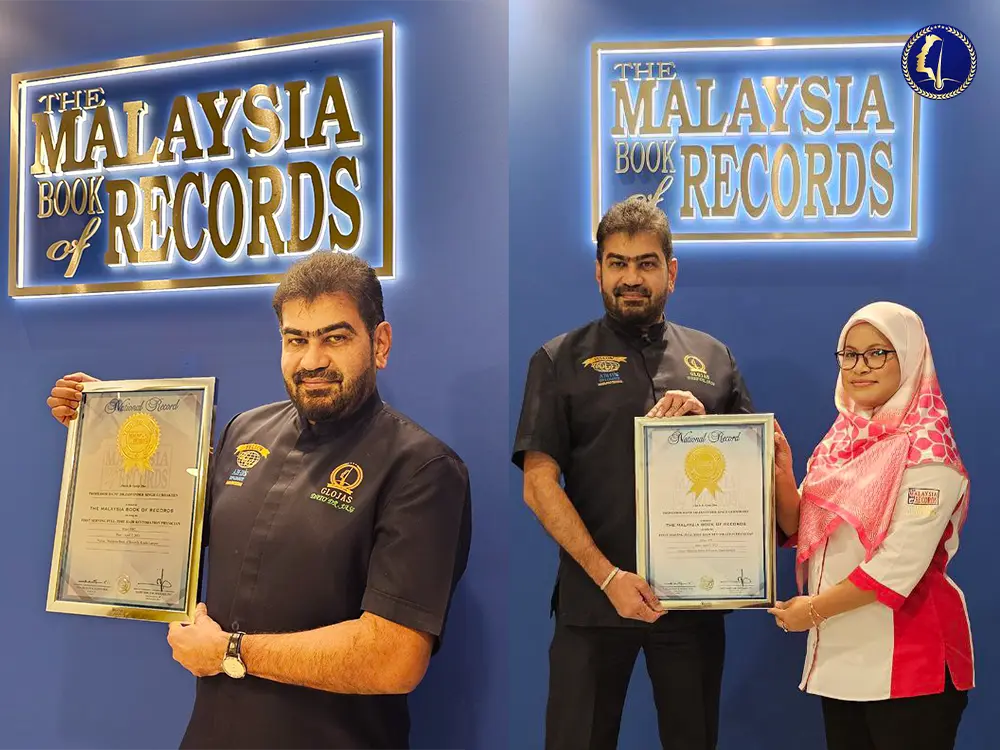
Glojas Clinic, a renowned aesthetic and hair restoration center in Malaysia, has achieved a remarkable milestone by securing five distinguished listings in the Malaysia Book of Records. These honors recognize the clinic’s relentless pursuit of excellence in the field of hair restoration surgery and aesthetic medicine. Spearheaded by the highly esteemed Dato’ Dr. Jasvinder Singh […]
Aesthetic Clinic : Best Anti-Aging Solutions Available in Malaysia
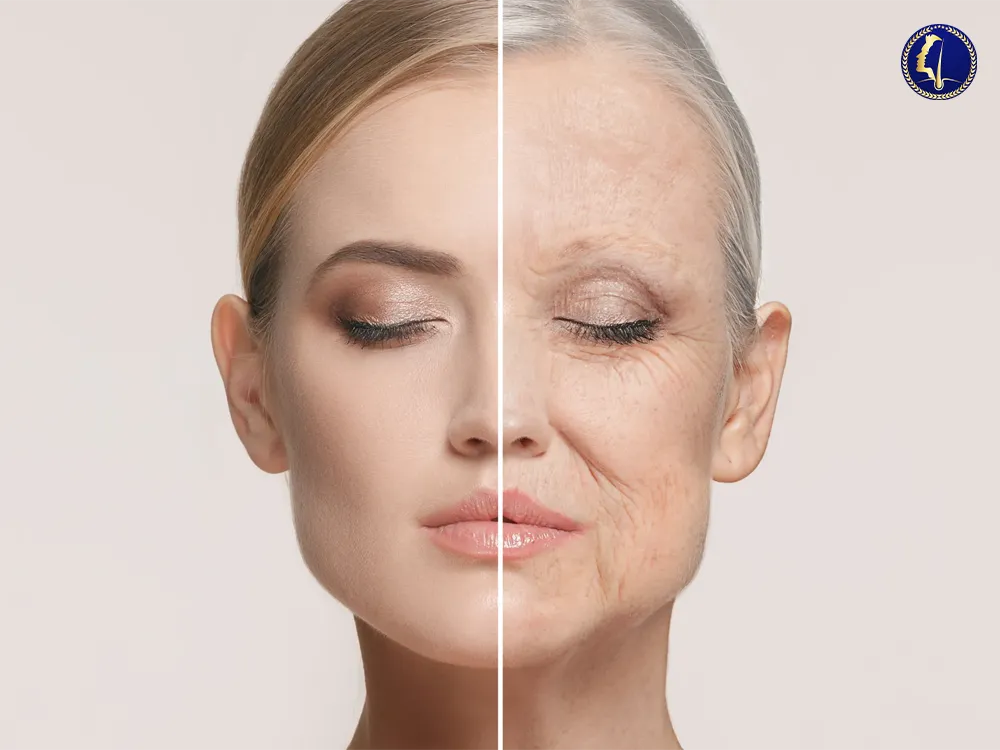
Aesthetic clinic in Malaysia are becoming the go-to destinations for individuals looking to combat the signs of aging. With advancements in medical aesthetics, several treatments have emerged that offer effective and non-surgical solutions to restore youthful skin. Among the most popular are PRP (Platelet-Rich Plasma) therapy, microneedling, and HIFU (High-Intensity Focused Ultrasound). In this blog, […]
How Much Does a Hair Transplant Cost in Indonesia? What Country Is Cheaper?
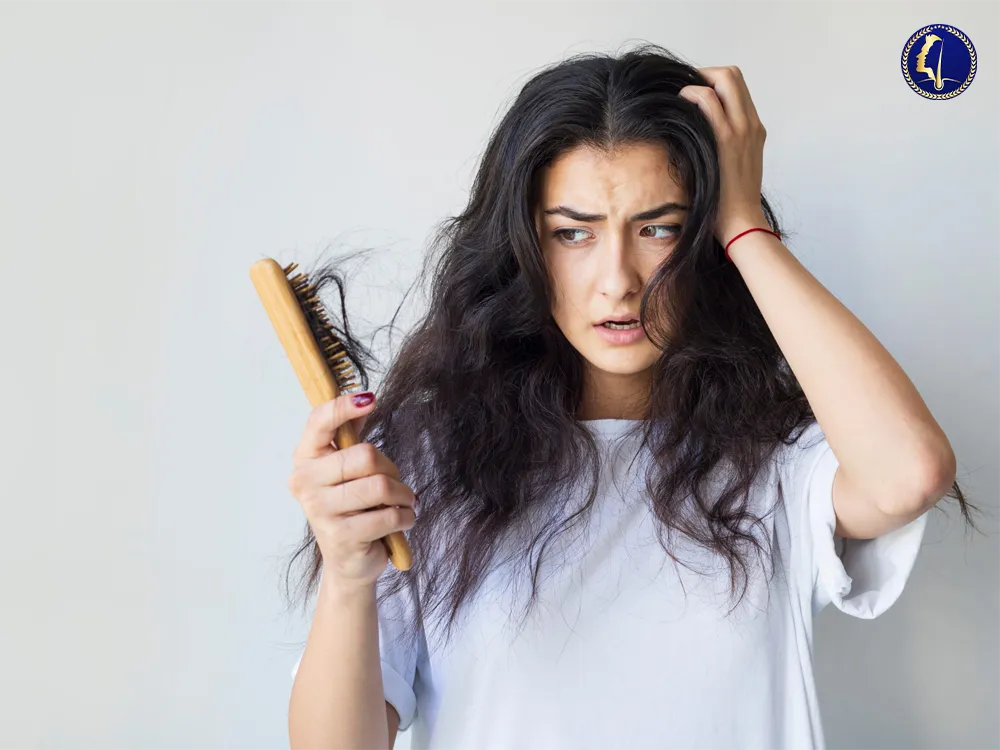
Hair transplant in Indonesia procedures have become increasingly popular due to the rise in medical tourism and affordable pricing. In 2024, the cost of a hair transplant in Indonesia typically ranges from IDR 15 million to IDR 50 million, or approximately USD $1,000 to $3,200 depending on the type of procedure and number of grafts […]
Miss Universe Malaysia 2024: Glojas Clinic Sponsored – Celebrating Beauty, Empowerment, and Diversity

The highly anticipated Miss Universe Malaysia 2024 pageant took place on September 6, 2024, at the prestigious Majestic Hotel in Kuala Lumpur. The event was a night of beauty, talent, and grace, marking a milestone in Malaysia’s pageantry scene. Sponsored by Glojas, known for its cutting-edge hair, aesthetic treatments, and body treatments, the pageant underscored […]
Glojas Clinic Wins Prestigious “Hair Transplant Clinic of the Year” Award at Global Health 2024 Asia-Pacific
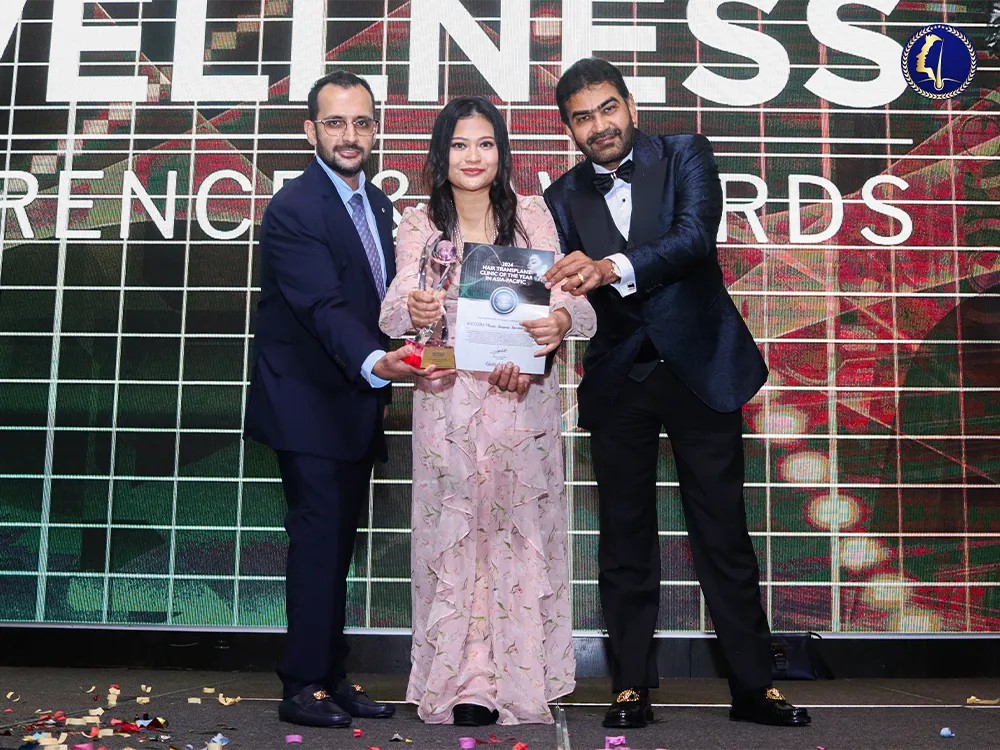
In an ever-evolving world of medical aesthetics and hair restoration, Glojas Clinic continues to set the gold standard, standing out as a beacon of innovation, professionalism, and success. The recent recognition by Global Health Asia-Pacific 2024 on 7 September 2024 located at W Hotel, Kuala Lumpur, Malaysia, awarding Glojas with the highly coveted title of […]
Hair Transplant Before and After in Singapore: A Comprehensive Guide
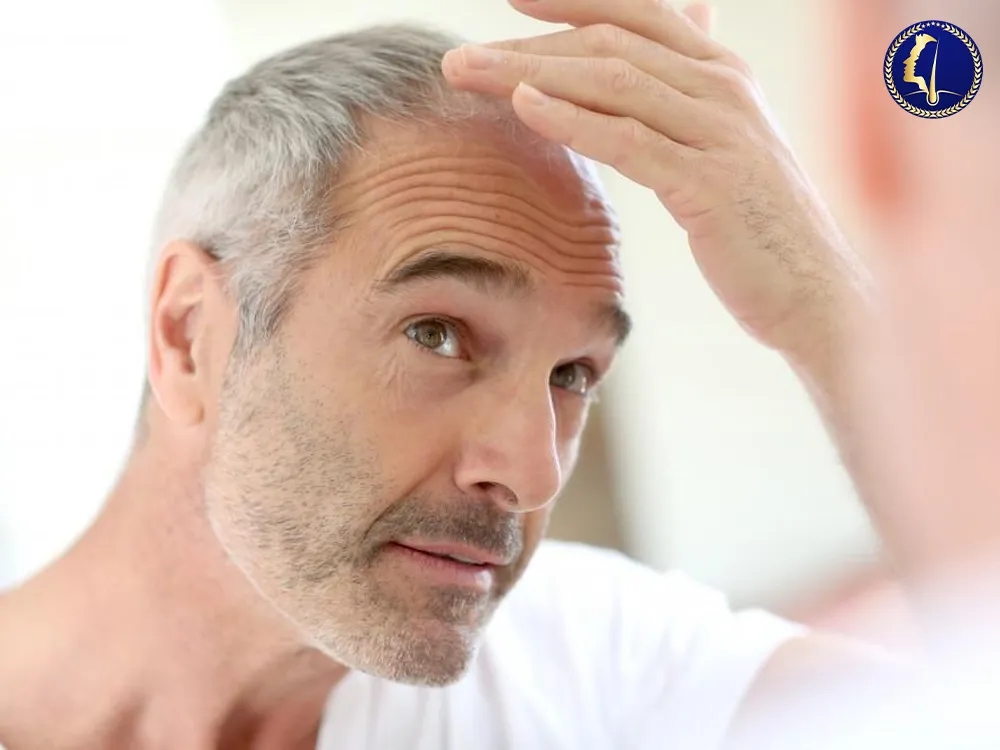
Hair transplants have become a popular solution for individuals facing hair loss in Singapore. The procedure offers a chance to restore a fuller head of hair and, with it, a renewed sense of confidence. However, many considering this option are curious about the results they can expect and what the process entails both before and […]
FUE Beard Transplant: Andika Putera’s Transformation
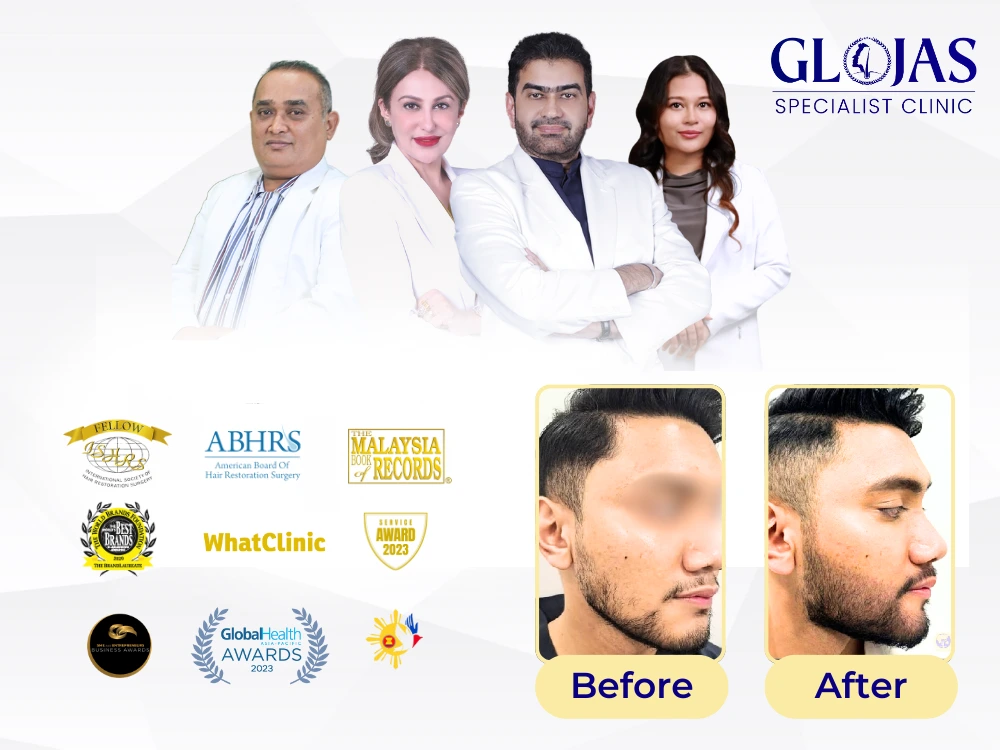
Background Andika Putera, a well-known figure in the Malaysian arts scene, has captivated audiences with his exceptional talent as an actor and singer. Despite his success, Andika felt that something was missing from his look—a fuller, well-defined beard. Recognizing the impact a beard could have on enhancing his on-screen presence and personal style, Andika decided […]
Transforming a Burned Scalp with FUE Hair Transplant
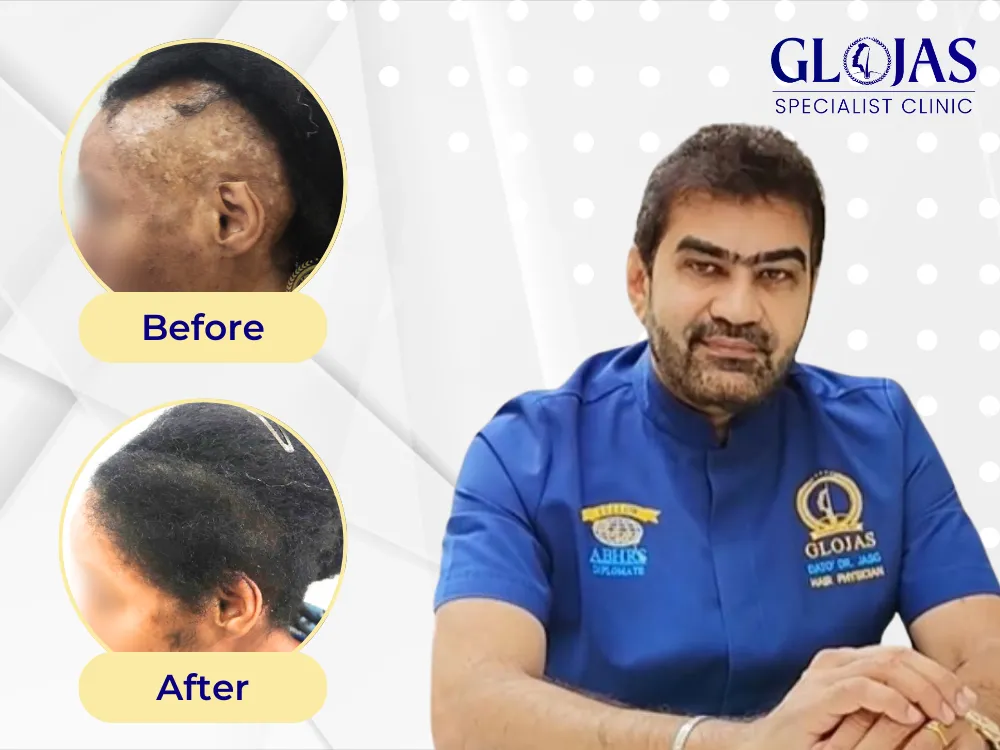
Background At the age of 6, a young girl experienced a life-altering accident when scalding hot oil spilled onto her head, causing severe burns that resulted in a large, permanent scar on her scalp. The injury led to complete destruction of the hair follicles in the affected area, leaving her with a bald patch that […]
Harga Tanam Rambut: Panduan Lengkap Untuk Memahami Kos dan Faktor-faktor Yang Mempengaruhi
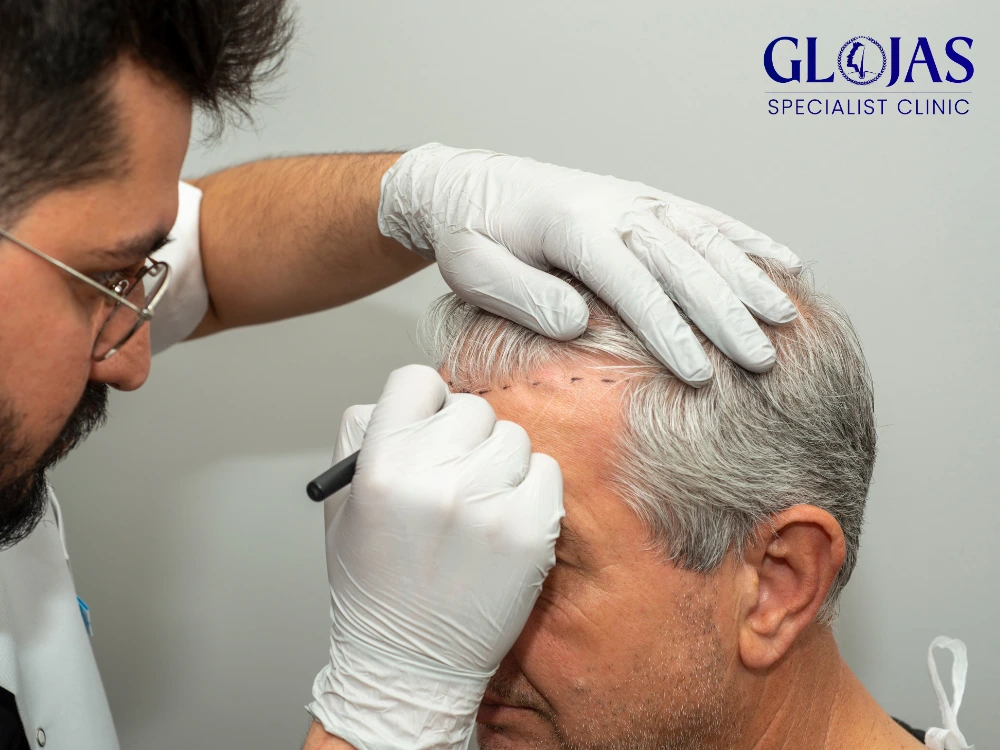
Harga Tanam Rambut Terbaik Untuk Transformasi Rambut Anda Harga Tanam Rambut untuk rawatan tanam rambut, atau dalam bahasa perubatannya dikenali sebagai “hair transplant,” semakin popular di kalangan individu yang menghadapi masalah keguguran rambut. Prosedur ini bukan hanya tentang mendapatkan rambut yang lebih tebal dan sihat tetapi juga berkaitan dengan kos yang perlu dipertimbangkan sebelum membuat […]



